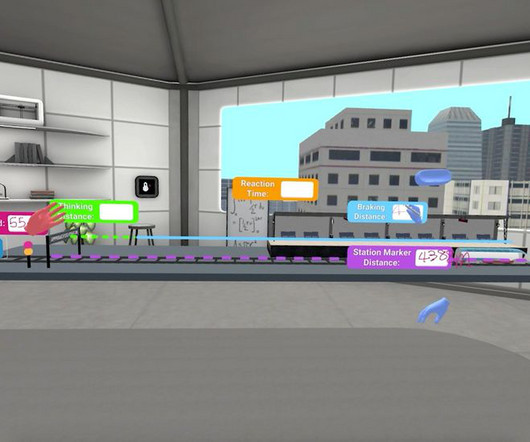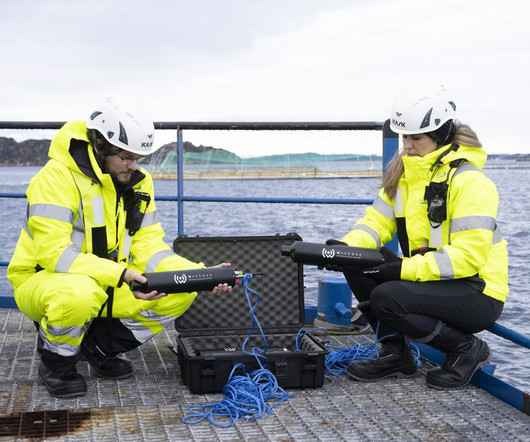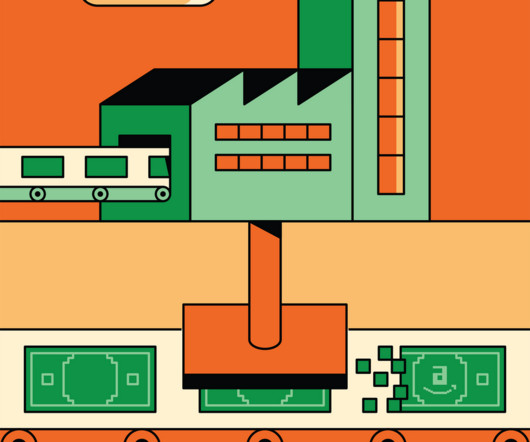UNSW Sydney team develops inexpensive water-splitting catalyst using 2D MOF framework array
Green Car Congress
JUNE 6, 2017
UNSW Sydney chemists have fabricated a new, inexpensive catalyst for water splitting based on an ultrathin nanosheet array of metal-organic frameworks (MOFs) on different substrates. Unexpectedly, the integrated MOF electrodes demonstrate superior performances towards OER, HER and overall water splitting. —Duan et al.
























Let's personalize your content